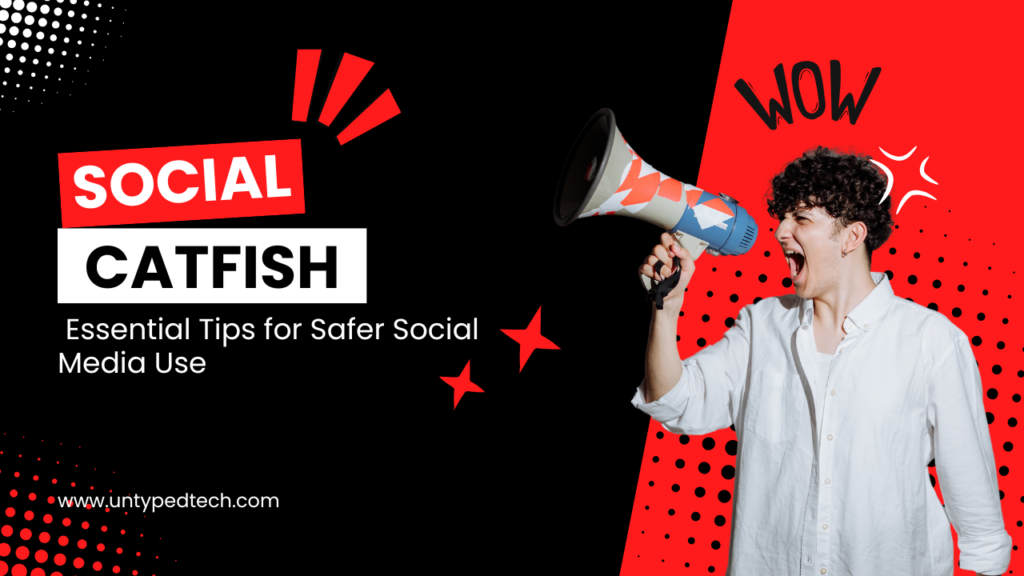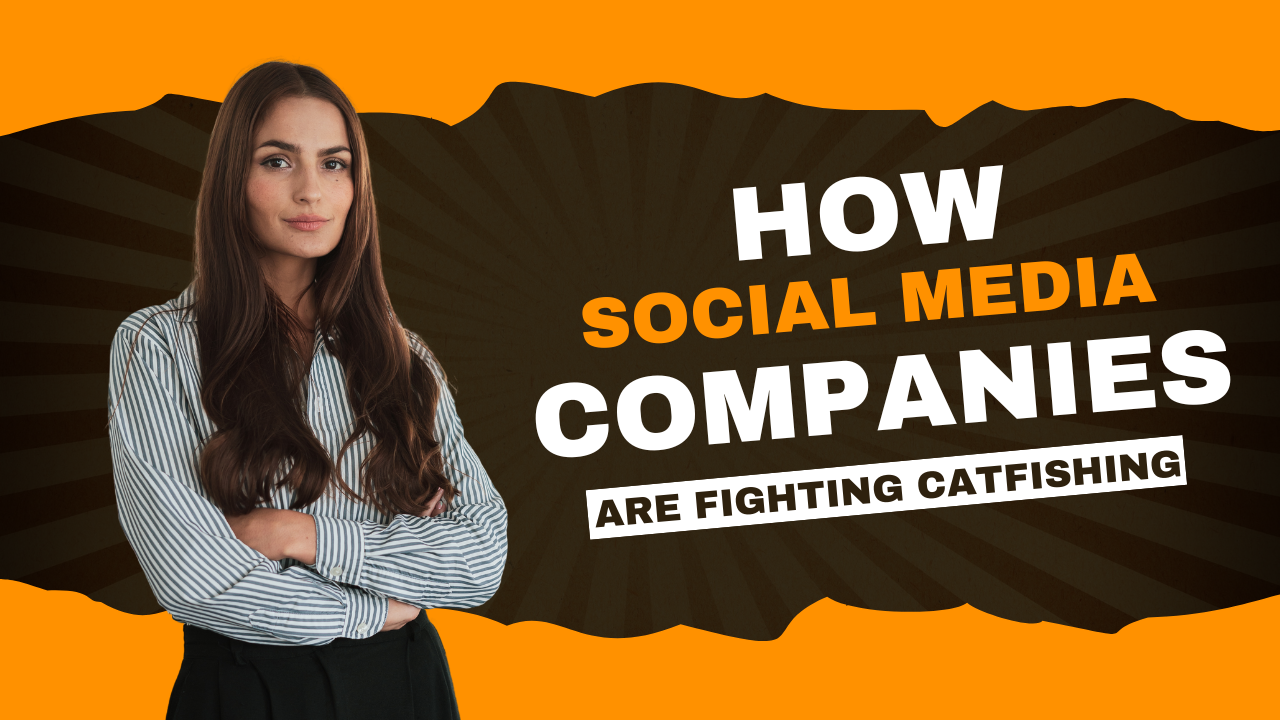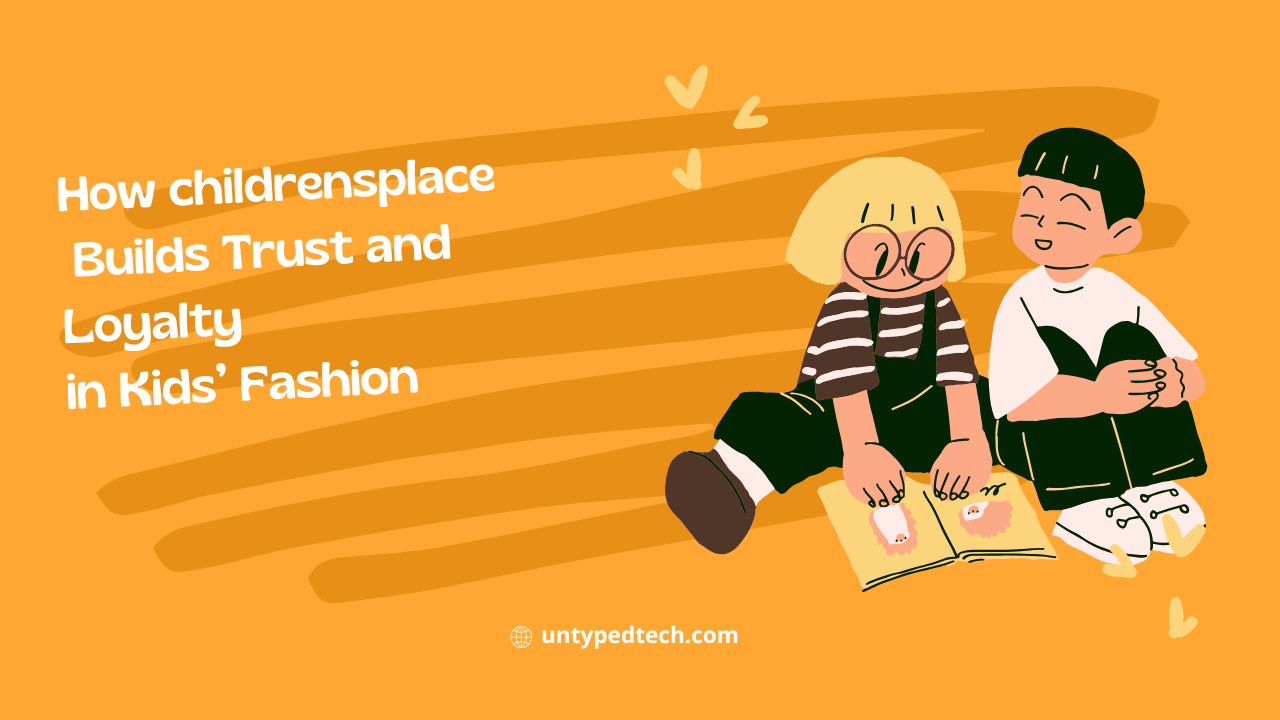Enhance your online safety with “Social Catfish: Essential Tips for Safer Social Media Use.” Discover practical advice to protect your personal information, recognize scams, and navigate social platforms confidently. Stay informed and secure while enjoying your social media experience!
Table of Contents
ToggleTable of Contents
Introduction
Social media is an amazing tool for connecting with friends, family, and even new acquaintances. However, along with the countless benefits of social networking comes the darker side of digital interaction: catfishing. Ever heard of the term catfishing? It refers to when someone creates a fake online identity to deceive others, often for personal gain, manipulation, or fraud. In this guide, we’ll dive into the world of social catfishing, explain how it works, and provide essential tips for staying safe on social media.
What is Social Catfishing?
Definition of Catfishing
Catfishing is the act of using a fake online persona to mislead someone. This deception typically happens on social media platforms where it’s easy to set up false profiles. Catfishers steal photos, fabricate stories, and assume identities to trick people, often playing on their emotions.
Evolution of Catfishing in the Digital Age
With the rise of social networking, catfishing has become more common. Initially, this practice began in chat rooms and forums, but now, with the advent of apps like Instagram, Facebook, and dating platforms, catfishers have found new ways to manipulate others on a grand scale.
How Does Social Catfishing Work?
Common Methods Used by Catfishers
Catfishers employ various tactics to deceive their targets, from creating fake social media accounts to constructing elaborate backstories.
Fake Profiles and Photos
The easiest way for catfishers to operate is by using someone else’s photos, often stolen from real people. They craft believable personas by adding fake bios, jobs, and locations to seem as authentic as possible.
Emotional Manipulation and Scamming
Beyond just creating false identities, catfishers often manipulate their victims emotionally. They gain trust through fabricated stories, and once a victim feels connected, the catfisher might ask for financial help or exploit them in other ways.
Why You Should Care About Catfishing
Risks to Personal Safety
Catfishing isn’t just an online prank; it can have real-world consequences. Some victims have been stalked, threatened, or even lured into dangerous situations by their deceivers.
Financial Dangers
Many catfish schemes are financially motivated. The catfisher might ask for money under the guise of a personal emergency or ongoing hardship, and victims can lose significant amounts of money.
Emotional Consequences
For those deceived, discovering the truth can be devastating. The emotional fallout from being lied to and manipulated can take a toll on mental health, leading to feelings of betrayal, anxiety, and depression.
Red Flags to Watch for in Social Media Interactions
Inconsistent Information
If someone’s story doesn’t add up or they give conflicting details about their life, consider this a red flag. Catfishers often slip up by being inconsistent with their details.
Overly Personal Questions Early On
If someone you’ve just met online starts asking for personal details too soon, like your address or financial information, be cautious.
Avoiding Face-to-Face Meetings
One of the biggest giveaways of a catfisher is their refusal to meet in person or make excuses when the opportunity arises.
Refusal to Video Chat
If someone avoids video calls despite repeated attempts, there’s a chance they might not be who they claim to be.
How to Protect Yourself From Social Catfish
Verifying Profiles
Before getting too involved with someone online, take the time to verify their identity.
Reverse Image Searches
Using tools like Google’s reverse image search, you can check if the person’s photos are being used elsewhere or linked to other names.
Researching Background Information
Don’t hesitate to do a bit of research. Checking for the individual’s presence on other platforms or searching their name in a search engine can help confirm if they’re legitimate.
Maintaining Privacy
Always keep your personal information private. Don’t share details like your home address, phone number, or workplace too quickly.
What to Do If You Suspect You’re Being Catfished
Cease Communication Immediately
If you suspect something’s off, it’s important to stop communicating with the person right away to avoid further manipulation.
Gather Evidence
Take screenshots of conversations, photos, and any other details that might be useful if you need to report the person later.
Report to Social Media Platforms
All major social platforms have ways to report suspicious or fraudulent profiles. Don’t hesitate to file a report if you believe someone is catfishing.
The Role of Technology in Identifying Catfishers
Tools and Platforms for Verifying Identities
There are now tools, like Social Catfish, designed to help users verify the legitimacy of online personas. These platforms use image search, background checks, and other methods to uncover catfishers.
Social Catfish Website Overview
The Social Catfish website allows users to search for names, phone numbers, and images to check if someone is who they claim to be.
Emotional Toll of Catfishing
Impact on Mental Health
Being catfished can lead to emotional distress, and victims often feel embarrassed, ashamed, and even depressed.
Coping Strategies for Victims
If you’ve been catfished, it’s crucial to reach out for support, whether that’s from friends, family, or professionals. Recognizing that you were deceived is the first step in moving on.
How Social Media Companies Are Fighting Catfishing
Current Initiatives
Social media platforms are implementing stricter verification processes and using AI to detect fake profiles.
Challenges Faced by Platforms
Despite these efforts, it’s still difficult to completely eradicate catfishing due to the sheer volume of users and the creativity of catfishers.
Real-Life Examples of Social Catfishing
Famous Catfishing Cases
Some catfishing stories have made headlines, with victims being public figures or involved in large-scale scams.
Lessons Learned from These Cases
These stories serve as important reminders of why online safety should be a priority and how anyone can fall victim to a catfish.
How to Educate Others About Social Catfishing
Awareness Campaigns
Many organizations are raising awareness about the dangers of catfishing through educational campaigns.
Resources for Prevention
Sharing tools and guides, like this one, helps others stay informed and vigilant.
Conclusion
Catfishing is a growing threat in the digital world, and it’s important to take steps to protect yourself. By staying aware of red flags, verifying profiles, and knowing what to do if you’re targeted, you can stay safe in the ever-evolving landscape of social media.
Also Read:
- Looking for more insights? Don’t miss out on our related post, where we dive deeper into why Hofer Reisen AT is the ultimate choice for affordable family vacations. Discover more tips, ideas, and solutions to enhance your experience.
- Looking for more insights? Don’t miss out on our related post, where we dive deeper into Earn more with Smava Kreditpartnerprogramm DE Discover more tips, ideas, and solutions to enhance your experience.
- Looking for more insights? Don’t miss out on our related post, where we dive deeper into Simpel NL: The secret to saving on big mobile costs in 2024! Discover more tips, ideas, and solutions to enhance your experience.
- Looking for more insights? Don’t miss out on our related post, where we dive deeper into Mashvisor (US) is transforms real estate investment Discover more tips, ideas, and solutions to enhance your experience.
FAQs
What should I do if I suspect someone is catfishing me?
- Stop communicating with the person, gather evidence, and report the profile to the platform.
Can reverse image search really help?
Yes, reverse image search is an effective way to verify if someone’s photos are being used elsewhere under different names.
Why do people catfish others?
People catfish for various reasons, including emotional manipulation, financial gain, or simply for attention.
Are social media companies doing enough to prevent catfishing?
While platforms are implementing new tools and policies, catfishing remains a challenge due to the number of users and creative tactics of scammers.
How can I educate my friends about catfishing?
You can share informative articles, guides, and tools that explain the risks and prevention strategies for staying safe online.















